The current exorbitant fuel prices could force Australian motorcycle importers to rethink their strategy of not importing electric motorcycles and scooters.
It may also spark the manufacturers and their representative groups, such as the Federal Chamber of Automotive Industries, to start pedalling motorcycles as cheaper alternative transport than cars.
Fuel pumps around the country are currently topping $A2.20 for a litre of standard fuel, so filing even a little hatchback can cost more than $100, thanks to the current war in Ukraine.
This could mean more and more motorists could begin to look toward electric cars and bikes.
While there is only a modest selection of electric cars available in Australia, the pickings are even slimmer for riders.
Most electric two-wheeled vehicles available in Australia are low-powered scooters.
Even Australia’s first electric motorcycle and scooter company, Fonzarelli, only produce low-to-moderate-powered bikes with very limited range.
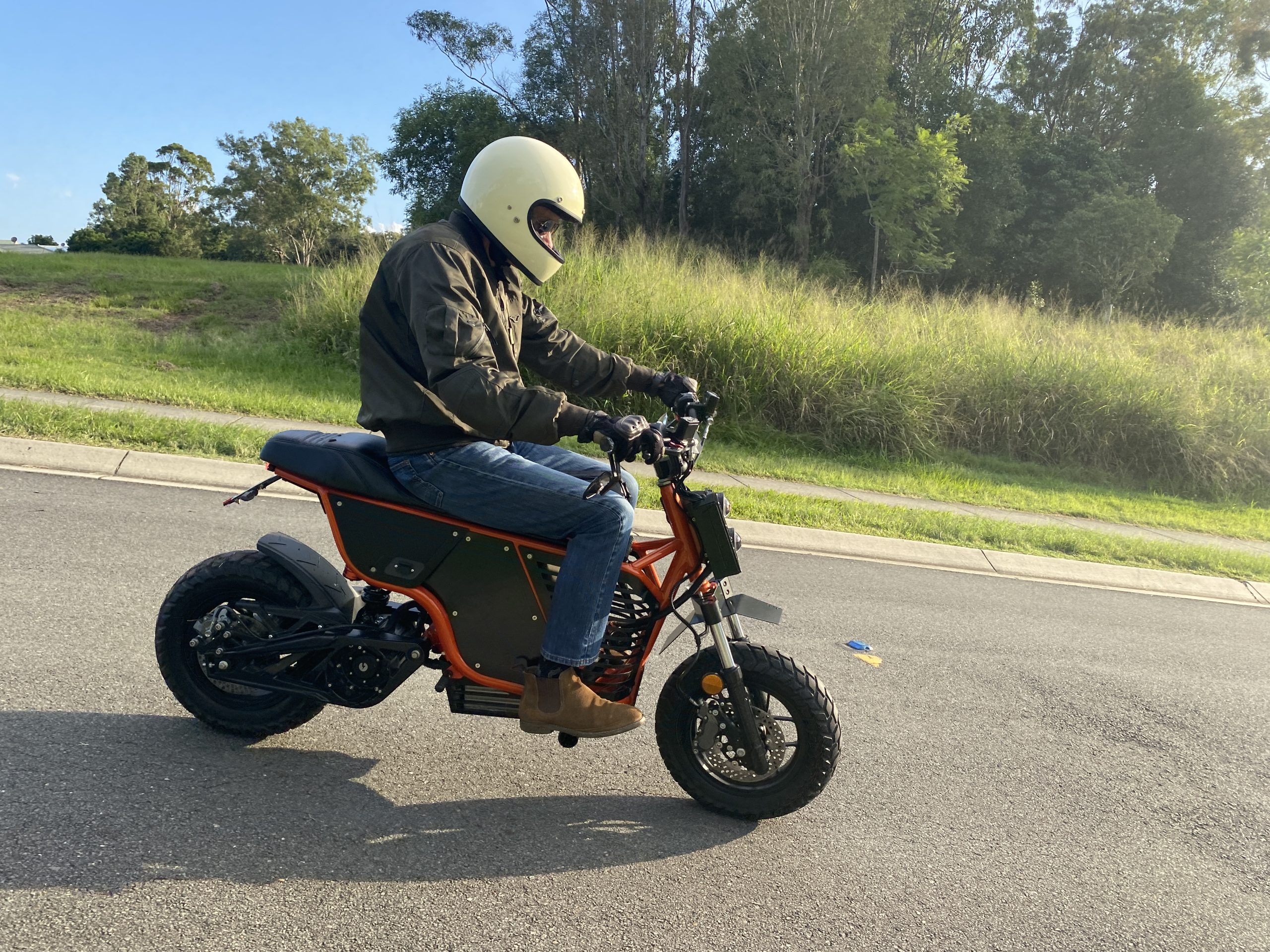
At the other end of the scale, Harley-Davidson has had limited success with its $A50k LiveWire, high-performance naked bike.
There are a lot more electric options available overseas, but Australian importers have largely been conservative in their approach to importing them.
That could change if the pain of high fuel prices continues.
There is already pressure from within the Liberal Party for the Federal Government to relax the 44c/litre excise on fuel.
Just don’t expect the Australian Competition and Consumer Commission to do anything about fuel prices.
In an official reply to us, they said they have no role in setting fuel prices, but “work hard to promote and deliver price transparency in the petrol market to ensure people across the country can find the best possible deals for their fuel”.
They say fuel retailers in Australia are allowed to set their own retail prices for fuel, but they must set their prices independently of other retailers.
So how come all servo fuel prices seem to go up on the same day? Isn’t that collusion?
Meanwhile, importers and representative bodies should be extolling the economical virtues of motorcycles.
A modern 250cc motorcycle or scooter will get around 2.8L/100km (85mpg), and there’s not a car on the planet that can match that kind of economy.
Surely that’s something that is worth promoting in this current climate.
What is needed is an industry-wide pool of advertising money to promote the general benefits of powered two-wheelers, rather than specific makes or models.
The problem is motorcycle importers are loathe to promote anything generic, fearing it may lead to sales of competing bikes.
While motorcycles may be cheaper to fill than cars, they really aren’t that economical. Click here see to find out why.
Then check out these five ways you can improve your bike’s fuel consumption.
Source: MotorbikeWriter.com

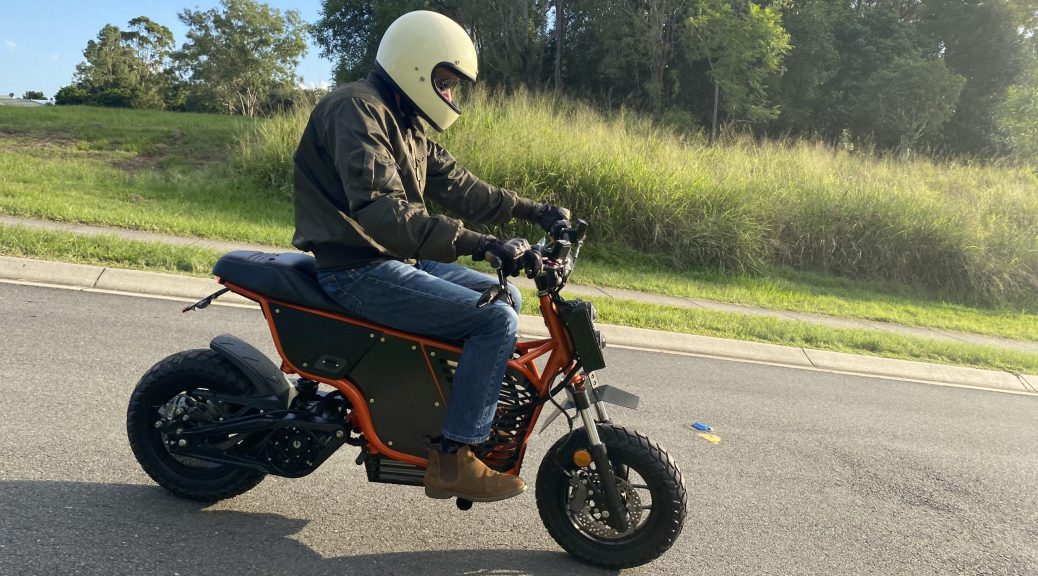
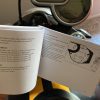
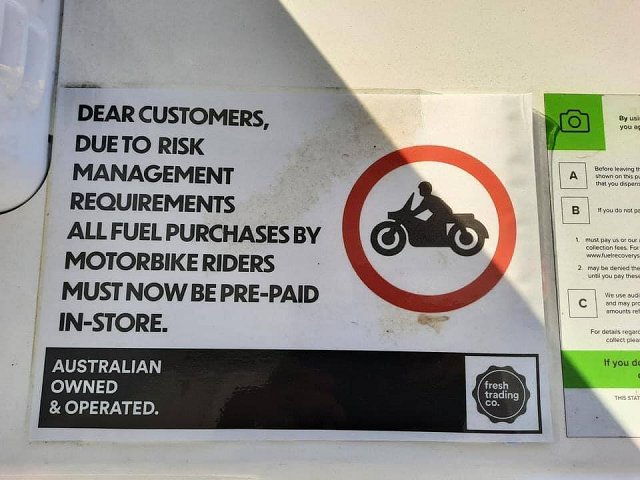
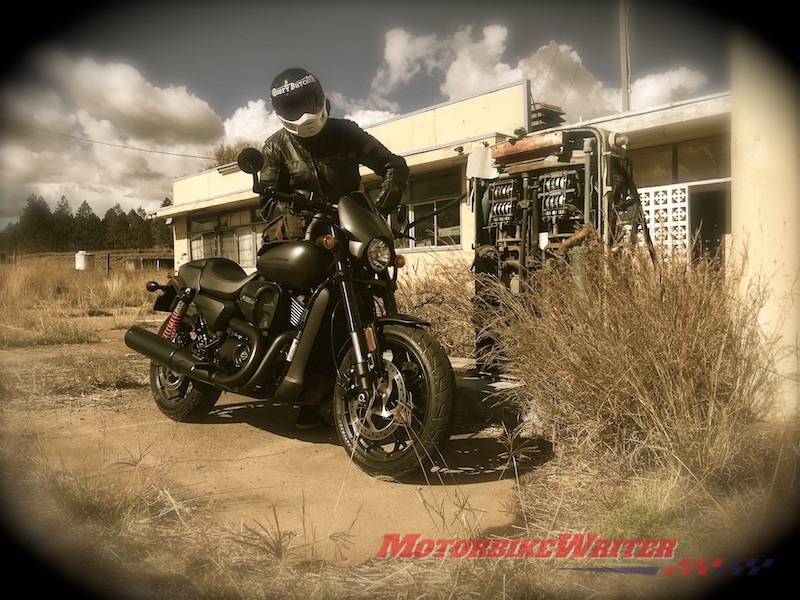


 David White with his 2007 BMW R1200S
David White with his 2007 BMW R1200S











